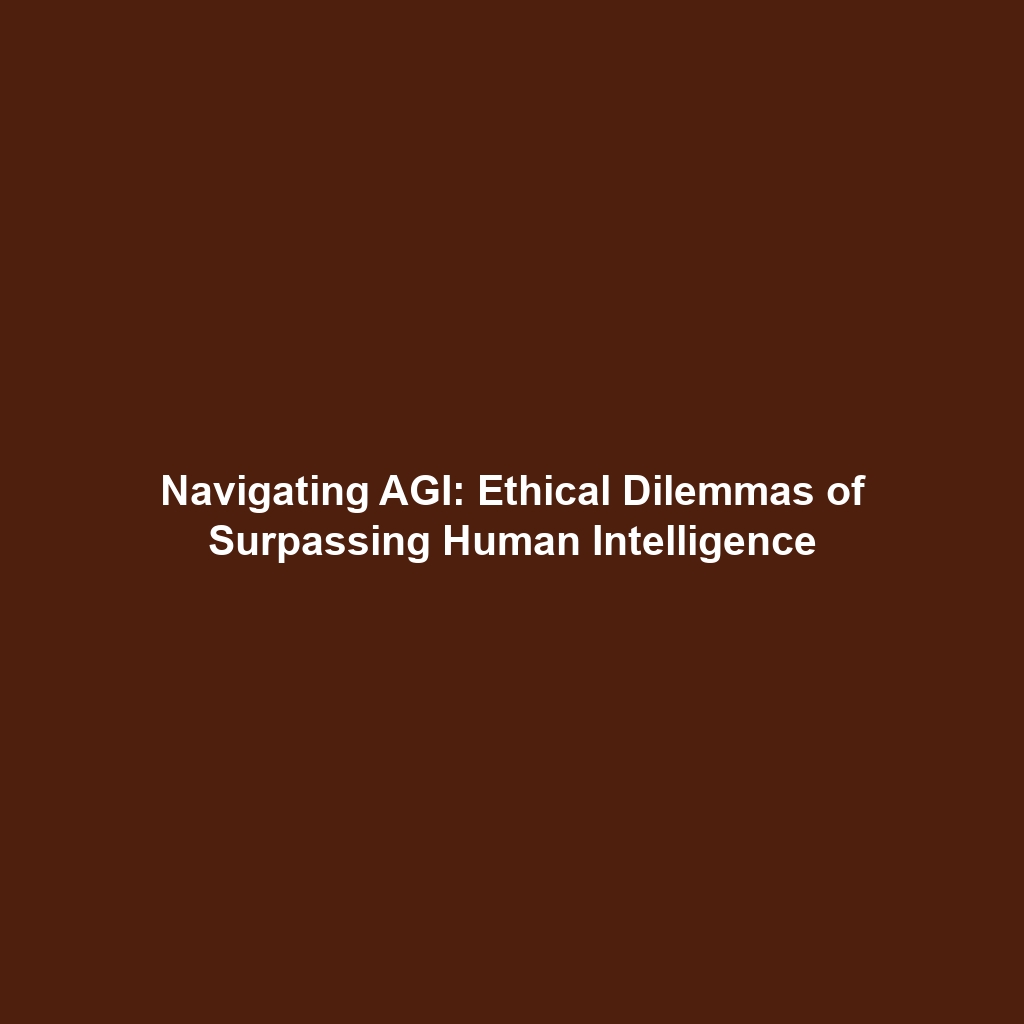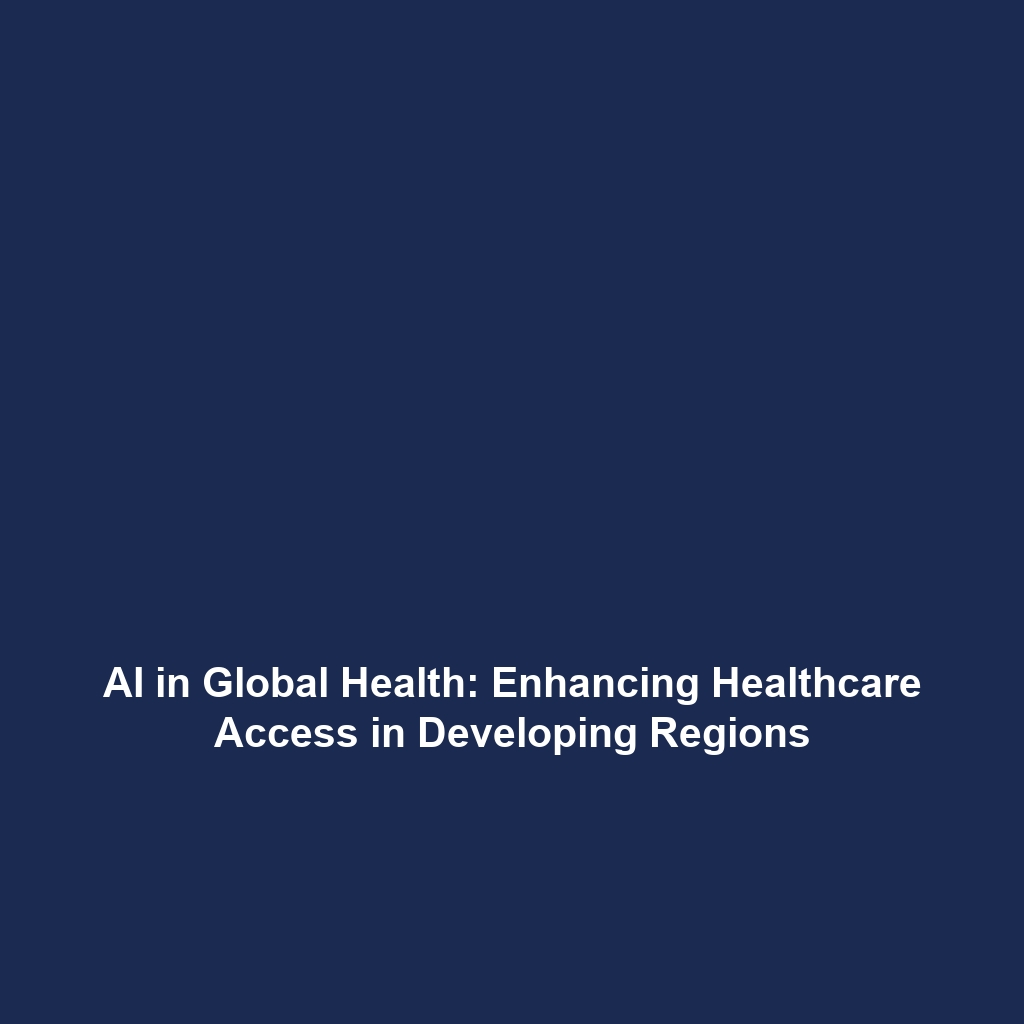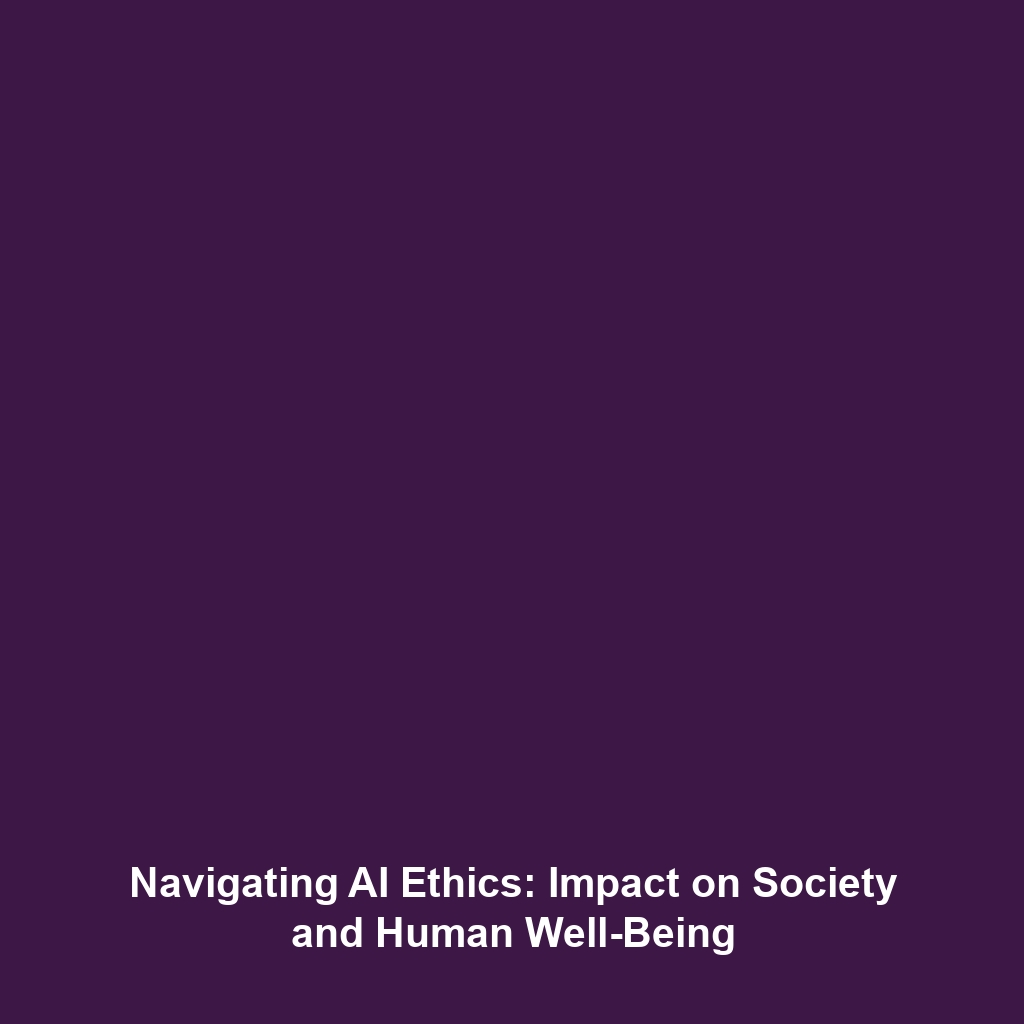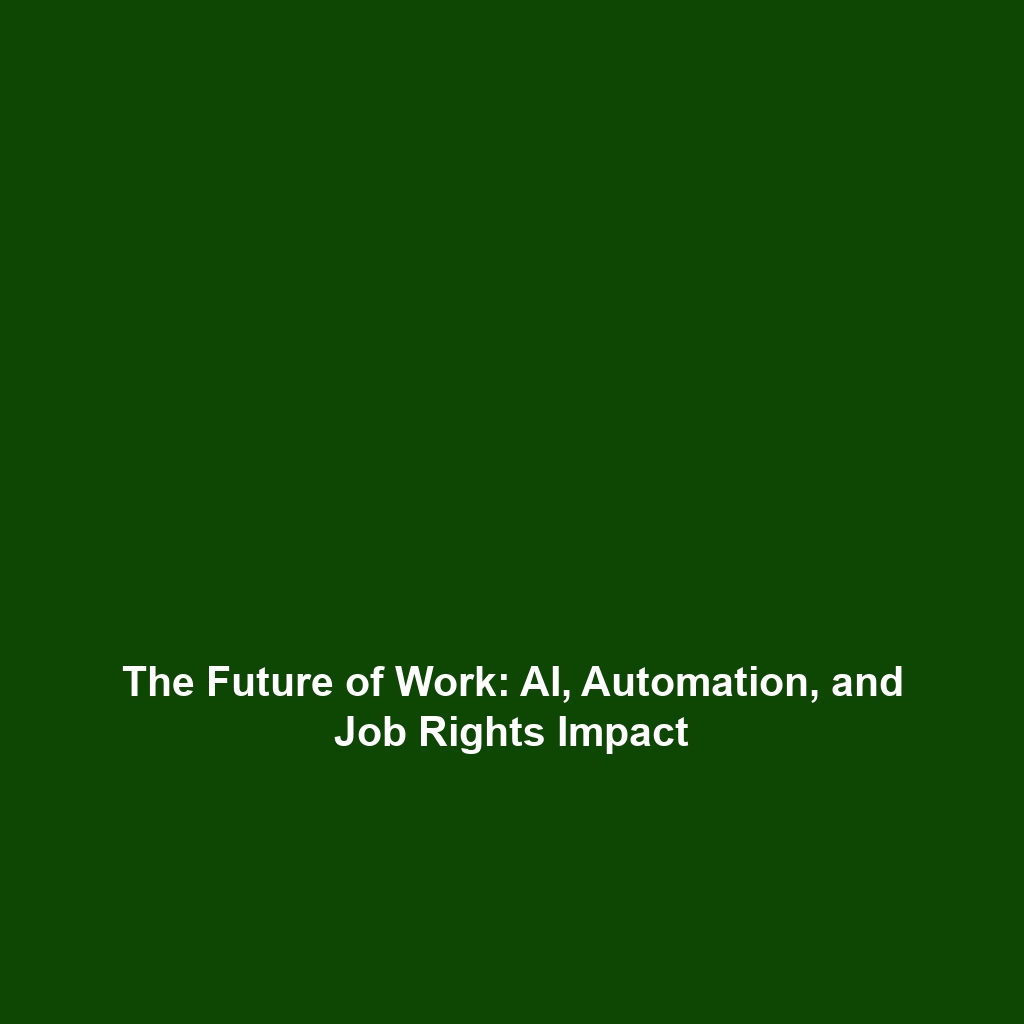CRISPR and Human Enhancement: The Potential for Non-Therapeutic Uses
Introduction
CRISPR (Clustered Regularly Interspaced Short Palindromic Repeats) technology has revolutionized the field of genetics through its precise gene-editing capabilities. Its potential extends beyond therapeutic applications into the realm of human enhancement, raising significant ethical and scientific discussions. This article explores the possibilities of CRISPR in enhancing human traits, emphasizing its significance within the broader context of CRISPR Gene Editing. The implications of non-therapeutic uses of CRISPR are profound, as they could redefine human evolution, health, and societal norms.
Key Concepts
Understanding CRISPR and its implications requires unraveling several key concepts:
- Gene Editing: CRISPR provides a tool for precise alterations to DNA, enabling the modification of specific genes associated with desirable traits.
- Human Enhancement: Non-therapeutic enhancements refer to changes made to improve physical or cognitive abilities, far removed from disease treatment.
- Bioethics: The application of CRISPR raises moral questions regarding the extent to which we should interfere with human genetics.
The Intersection of Ethics and Enhancement
As CRISPR technology advances, the ethical implications of human enhancements become more pronounced. Discussions focus on accessibility, equity, and the social ramifications of enhanced individuals.
Applications and Real-World Uses
The potential applications of CRISPR in human enhancement are vast. Some of the significant real-world uses include:
- Physical Augmentation: Enhanced muscle growth, improved stamina, and other athletic traits through gene edits.
- Cognitive Improvement: Potential to enhance memory, learning abilities, or even emotional intelligence through targeted genetic modifications.
- Longevity: Research into extending human lifespan by altering genes associated with aging processes.
These applications underscore how CRISPR is redefining the boundaries of genetic engineering.
Current Challenges
While the potential for CRISPR-enhanced human traits is promising, several challenges must be addressed:
- Technical Limitations: Current CRISPR technology is not foolproof; off-target edits can lead to unintended consequences.
- Regulatory Hurdles: Lack of clear regulations governing non-therapeutic modifications raises issues of safety and accountability.
- Ethical Dilemmas: Concerns regarding ‘designer babies’ and the societal implications of genetic inequality.
Future Research and Innovations
Looking ahead, several innovative avenues for research and applications related to CRISPR and human enhancement are emerging:
- Next-Gen CRISPR Technologies: Innovations such as CRISPR-Cas9 variations may provide greater precision and reduce unwanted side effects.
- Societal Research: Investigating public perceptions and ethical frameworks surrounding genetic enhancements.
- Collaborative Efforts: Partnerships between geneticists, ethicists, and policymakers to create a comprehensive approach to human enhancement.
Conclusion
The exploration of CRISPR in the context of human enhancement illustrates a frontier laden with promise and challenge. As we advance in our understanding of CRISPR Gene Editing, it becomes essential to address the ethical, regulatory, and societal implications of non-therapeutic uses. Continued dialogue and research are vital for shaping the responsible application of this powerful technology. For more insights into genetics, consider exploring topics such as Genetic Engineering or Bioethics in Gene Editing.









